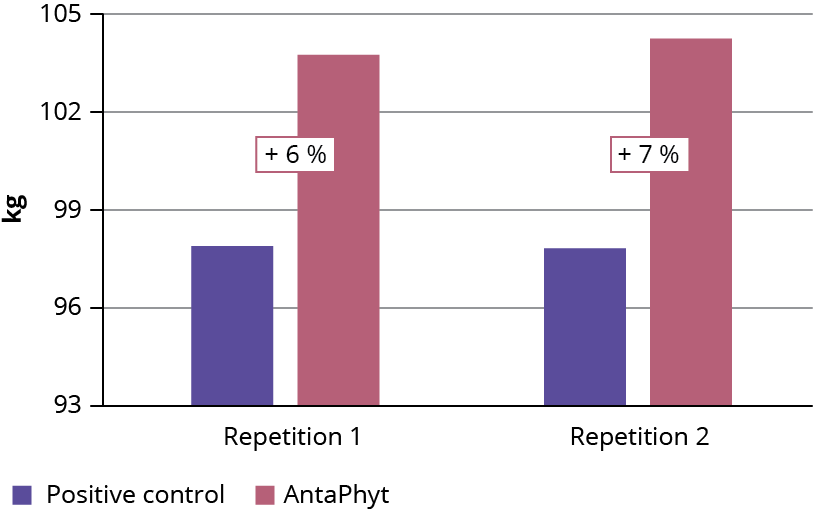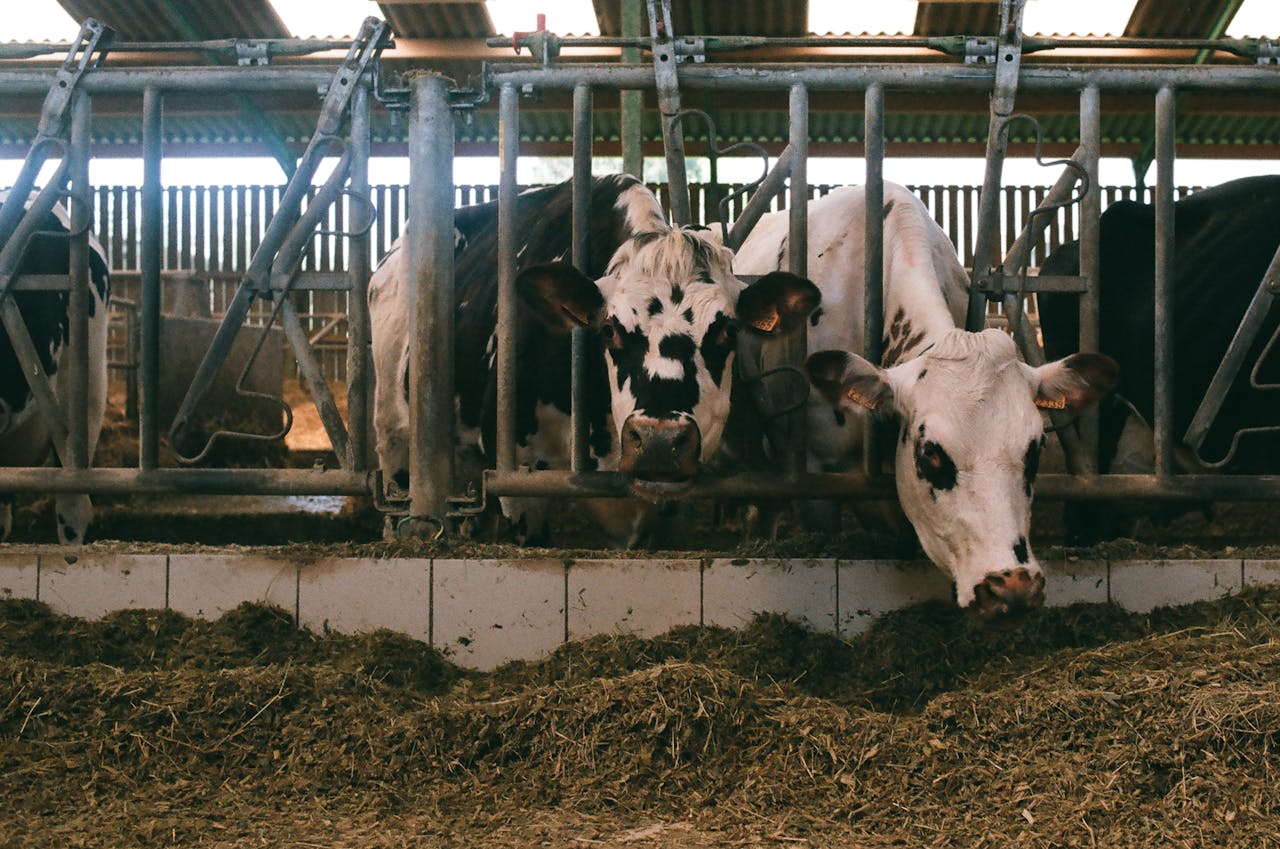Modern pig farming has experienced tremendous growth in recent decades, driven by a 33% increase in global demand for pork since 2002. This demand has put pressure on pig farmers to increase productivity through intensive farming practices. However, in production systems characterised by higher stocking densities and faster growth rates, ensuring good animal health becomes more complex. To prevent infections and to optimise performance, antibiotics were historically widely used in farms. Over time, however, it became evident that extensive use of antibiotics can contribute to the development of antimicrobial resistance, posing risks not just to animals but also to public health. These insights have prompted a reevaluation of antimicrobial products in animal agriculture and have driven various initiatives aimed at reducing antibiotic use.
Antibiotic Reduction: Embracing best practices – read all articles
From growth to responsibility
Since the mid-20th century, sub-therapeutic doses of antibiotics have been used in pig feed to enhance growth performance and feed efficiency. These compounds alter the gut microbiota, reducing bacterial load and inflammation, which in turn helps to increase performance. Therefore, the practice of using antibiotics became widespread to support intensive production systems worldwide.
However, over time, the link between antibiotic use in animals and the emergence of antimicrobial resistance in humans has become a sensitive topic. Resistant bacteria can transfer from animals to humans through direct contact, the environment or the food chain. Recognising this, regulatory bodies in the EU and other regions have imposed strict limitations or outright bans on the use of antibiotics as growth promoters. These regulatory changes have proved effective: Between 2011 and 2022, the sales of veterinary antibiotics dropped by more than half in some European countries. In others, however, the routine use of antibiotics in farms continues to this day.
In this context, reducing antibiotic use in pig farming remains an urgent necessity. Addressing this issue requires a multifaceted approach, including all stakeholders. At the farm level, improved hygiene, better animal husbandry, enhanced biosecurity measures and investments in alternative feeding strategies are effective tools to reduce the use of antibiotics in pigs. These efforts are mandatory to safeguard global food security and the long-term efficacy of antibiotics.
Therefore, finding safe and effective alternatives that safeguard animal performance while preserving antibiotics for therapeutic use is a key requirement for future-oriented pig farming.
Figure 1 – Weight at day 145 of life.
Plant power in the trough
Phytogenic feed additives (PFAs) include herbs, spices, essential oils and plant extracts. Besides anti-inflammatory, antioxidant, immune-modulatory and digestion-enhancing effects, some PFAs are known for their bioactive properties and offer a promising tool to reduce antibiotic use. Unlike allopathic antibiotics, PFAs with an antimicrobial mode of action typically act in a multifactorial way. Their complex mode of action reduces the risk of resistance development.
One of the main benefits of PFAs is their ability to support gut health, which is essential for nutrient absorption, immune function and overall animal resilience. Moreover, phytogenics may even enhance feed intake and improve growth performance, making them functionally comparable to traditional growth promoters. Their secret of success is bioactive compounds, some of which exhibit strong antimicrobial activity against gram-positive bacteria. Others modulate the intestinal flora, inhibit pathogenic bacteria, exert immunomodulatory effects or increase IgA concentration. They can even improve feed efficiency, weight gain and carcass yield.
Such a powerful synergy of phytogenics forms the basis of Anta Phyt, Dr Eckel Animal Nutrition’s proven phytogenic solution developed in Germany. Anta Phyt addresses key production challenges and naturally supports gut health, performance and product quality. Numerous trials have confirmed its positive effects on animal resilience and productivity as well as its strong potential to reduce antibiotic use in pigs.
Figure 2 – FCR from 70 till 145 days of life.

Boosting pig performance
A recent field trial in Peru involving 1,460 pigs confirmed the benefits of Anta Phyt in pigs from day 70 to day 145. The pigs were divided into two groups: the positive control group received 200 g/t Enramycin and 100 g/t Halquinol, while the Anta Phyt group was fed 200 g/t Anta Phyt and 100 g/t Halquinol. This trial design was repeated twice, with consistently impressive results.
Pigs fed Anta Phyt reached a final weight that was 6.1 kg higher on average, while feed conversion improved by 2.7% (6.5 points). This study demonstrated a two-thirds reduction in the required antibiotic use, with only one active substance being administered instead of 2. In addition, higher meat yield per pig and improved feed efficiency contributed to more sustainable feeding practices. These findings demonstrate that a significant reduction in antibiotic use, while still achieving excellent results, is achievable with the right phytogenic support.
Towards responsible pig production
Reducing antibiotic use is both a challenge and a necessity in modern pig farming. As the era of growth-promoting antibiotics draws to a close, pig producers need effective alternatives that ensure both animal health and productivity. Phytogenic feed additives such as Anta Phyt represent a promising and sustainable solution that can support feed efficiency and improve performance while significantly reducing the need for antibiotics. Continued research and on-farm application of such alternatives are essential steps toward a more sustainable, responsible and future-oriented pig industry.


